Categories: Featured Articles » Sources of light
Number of views: 14052
Comments on the article: 1
How to choose a power supply for LEDs
The most energy-efficient artificial lighting technology to date is LED lighting. And since LEDs are capricious, they need special power. You can’t just turn on and turn on the LEDs to the outlet, and if it looks like this, then most likely there is a converter for the mains voltage to the required low constant voltage, but it is hidden inside the base part, say, of an LED lamp.
However, we do not always deal with an LED lamp, sometimes it is necessary to connect single LEDs or an LED strip, so choosing a power supply for LEDs for someone can become quite an urgent task. Let’s figure out what’s happening in this article.
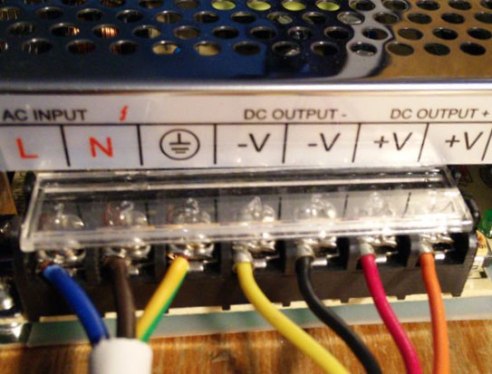
Power supply for LEDs or LED driver
A correctly selected power supply for LEDs is the key to high-quality and reliable lighting. And since the LEDs need constant current, the mains voltage must first be converted. This is what the power supply for LEDs does. The power supply or LED driver provides LEDs with constant current at rated voltage.
For the converter itself, the constant can be 5, 12, 24 or 48 volts of constant voltage, depending on the configuration of your LED assembly, or the current can directly be direct, for example 350 or 700 milliamps, and the voltage will “float” a little depending on the current temperature LEDs.
The current for LED assemblies, as a rule, ranges from several hundred milliamps to units of amperes. For led strip even the specific power is normalized per meter of length, say 4.8 or 16 watts per meter of tape length.
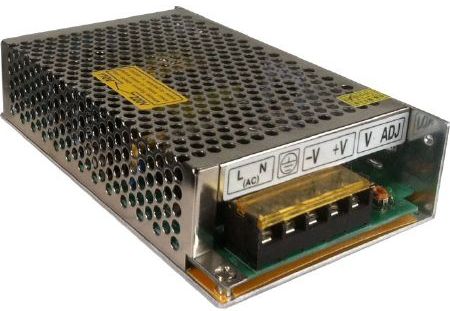
Constant voltage sources for LEDs are called power supplies for LEDs. They look like a board inside a perforated stainless steel case (top of the picture) or like Charger for portable equipment.
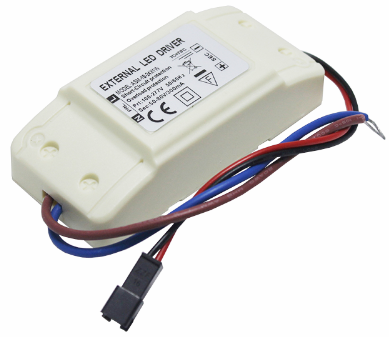
DC sources for LEDs are called LED drivers or LED drivers. They look like a metallized or plastic (as on the left in the figure) laptop power supply. But for those, and for other power supplies for LEDs, whether the voltage or current is constant, the maximum power output in watts is normalized. For example 12 V 240 W or 350 mA 24 W.
It is immediately clear in which case the voltage will be constant, and in which - the current. In the first case, the voltage is constant, and the current will depend on the number of LED assemblies connected in parallel - the maximum current for our example is 20 A. In the second case, it is obvious that the maximum voltage is 68.5 V, and will depend on how many LED assemblies are 350 mA will be connected in series.
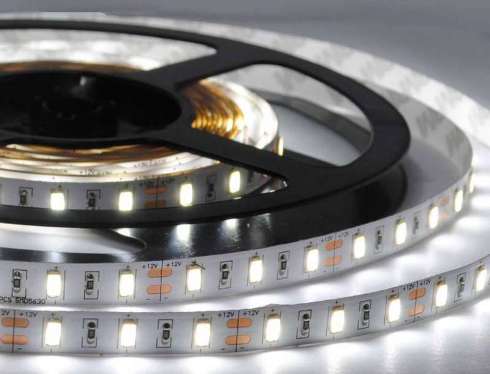
What power supply for LEDs to choose
Typical cases of using LEDs with a power supply are three:
-
the power supply is initially integrated into the light source (e.g. LED lamp or spotlight);
-
the LED light source has a rated supply voltage, and such sources will be connected several in parallel or there will be only one (a common option is LED strips of 12 volts);
-
there are several LED assemblies for which it is not advisable to exceed the rated current, and there are several such assemblies, they must be combined in series (voltage is indicated by a range, for example 11-13 V or 15-18 V).
In the first case, everything is clear, there is no need to purchase a power source, it is enough to take care of the operating conditions: to protect the spotlight from moisture with a visor, for example.
In the second case, a constant voltage power supply for LEDs in a perforated housing is suitable: multiply the number of meters of tapes by the power of a linear meter of tape, this will be their total power.
If the tapes will be connected in parallel, then their rated voltage is taken into account when choosing a power supply, and take the power of the power supply 5-10% more than the total power of the tapes. For example: 7.5 meters of 12-volt tape with linear power of 7.36 W / m is 55.2 watts at 12 volts, respectively, we select a DC power supply with output parameters of 12 V 60 W.
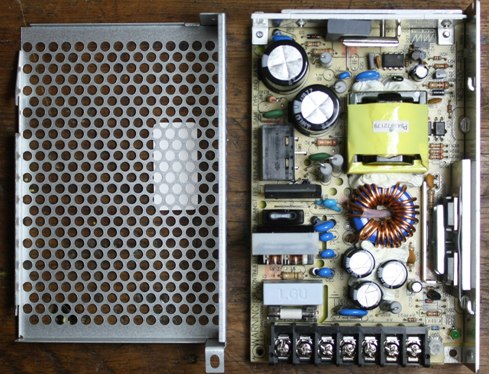
In the third case, estimate the number of LED assemblies, and select the LED driver for the appropriate voltage range. For example: there are 5 certain LED assemblies for a nominal current of 300 mA, the voltage for each assembly is indicated about 15 volts.
For a serial connection, a voltage limit of 75 volts and a current of 300 mA will be required. We select the LED driver for a range from 50 to 80 V, for a current of 300 mA. Depending on whether the driver will be installed outdoors or indoors, we select the type of device case with the appropriate IP enclosure protection class.
Learn more about the device power supplies and drivers for LEDs here:Circuitry of power supplies for LED strips and not only
See also at e.imadeself.com
:
